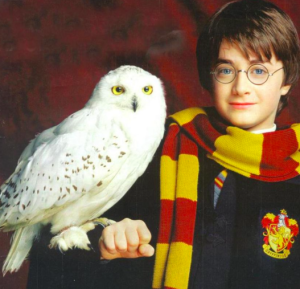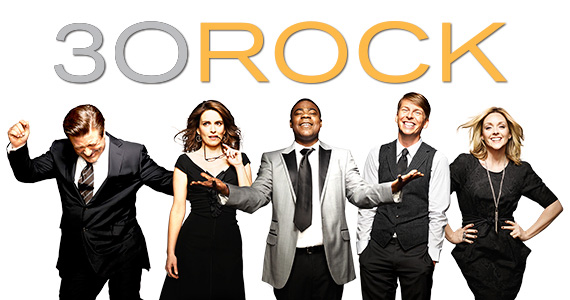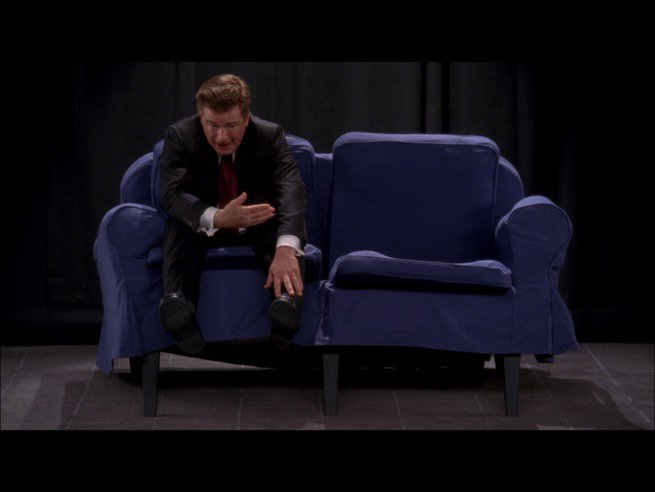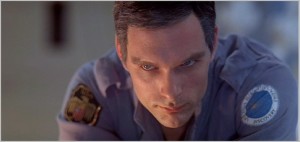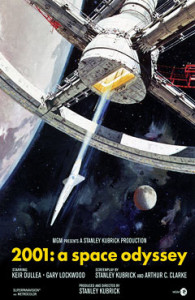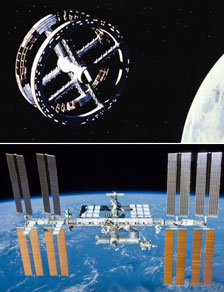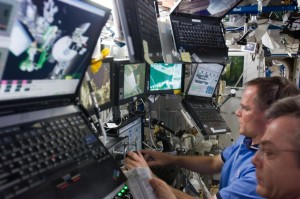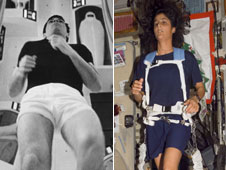In many movies and books, you are bound to find some sort of symbols. On the Waterfront is not exception. One of the main symbols that I found interesting in this film was the birds and what they represent. In On The Waterfront, along with the narrow and dark areas and the fences, birds are a symbol of entrapment. The pigeons add to the feeling that there is no way out and that Malloy is stuck in this system forever.
These pigeons can also be seen as a symbol of the church and how the congregations flock together like the birds do. The selection of the type of bird is also not a coincidence. Pigeons are birds that are lower in the food chain and they are constantly trying to avoid the predators. On The Waterfront presents a direct comparison to the people on the docks, constantly trying to avoid the ‘predators’ as well.
Personally, I find birds as being very scary animals in general. For that reason exactly, I decided to do some investigating on birds in other movies and what they might symbolize or represent.
Although the following birds are more prominent in the films than the subtle symbolism offered by the pigeons in On the Waterfront, the idea is still the same. Something about the bird superstar is a representation of something else. There’s more to movies than the naked eye led to believe. Check it out!
But actually, read this. It’s really interesting.
Bird #1: Hedwig
Hedwig is an Owl, more specifically she is Harry Potter’s Owl. Hedwig is apparently the name of a saint, St. Hedwig. The congregation of Sisters of St. Hedwig look to educate orphans and abandoned children. Coincidence? I think not. Harry is an orphan and Hedwig basically takes care of him, much like St. Hedwig cares for orphans. Nothing in movies is a coincidence, there’s more meaning behind the little things than you would think!
Bird #2: Owl
If you were anything like me, you grew up with Winnie the Pooh. Maybe you had a Pooh bear themed birthday? Or maybe you took the more extreme route and had a Pooh bear themed bedroom… until 7th grade… Anyways, owls are often associated with knowledge and wisdom and Owl is no different. Although he is very wise and full of advice, it is believed that he is a representation of dyslexia and/or narcissism. Despite his knowledge, he oftentimes still spells things wrong.
Bird #3: Fawkes the Phoenix
The Phoenix in Harry Potter and the Order of the Phoenix is yet another popular bird in film. This magical bird gets old, dies, and is born again from its own ashes. How remarkable is that?! This bird serves as a symbol of rebirth, new beginnings, suffering and tolerance. I think the most prominent symbol we can associate with the phoenix is rebirth and the direct juxtaposition to Harry. After almost being killed by Voldemort, Harry has more than one near death experience. Harry goes through a sort of emotional rebirth while the phoenix goes through a physical rebirth of sorts.
Bird #4 Kevin
Kevin is the multicolored bird from UP. Throughout the film, Kevin has lots of prominent motherly instincts and is seen as a symbol of life. Aside from the bird’s technicolor feathers, Kevin is a representation of life in general. Russell doesn’t have parents and Kevin is pretty much a figure of a ‘parent’ in his life. Also, Carl finds a spark in himself to act as a parent to Russell as well. He takes the boy under his ‘wing’ (hahahha get it? WING.) and gives him the sense of parenting he deserves in life.
Birds in songs are also interesting to think about. “Free Bird” is by far the most ‘classic’ example I can think of. Two movies that I find as being really great utilize this famous song to convey a certain feeling. Forrest Gump and Kingsman: A Secret Service both use the world famous song by Lynyrd Skynyrd entitled “Free Bird”. Try to link these well known lyrics to the relevancy in the scenes in both movies!
“If I leave here tomorrow, would you still remember me?”
“Cause there’s too many places I’ve got to see.”
“But please don’t take it so badly, ‘cause Lord knows I’m to blame.”
“Won’t you fly high, free bird,”
https://www.youtube.com/watch?v=NXB6slJSbL4
Moral of the story: the bird is, in fact, the word.

